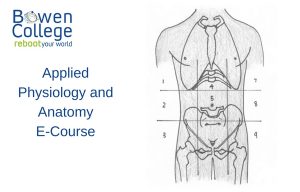In the last post we began to look the changing role of the Doctor in a health care approach that treated the patient as a whole and meaningful entity. As a person with a life experience that had a bearing upon their existing state of health. We saw that taking a full mind-body approach, involving patients’ in their own treatment, reduces stress and promotes well being.
Additionally, direct patient involvement in the healing process, such as with self-regulatory intervention methods, has shown beneficial effects. This is illustrated in a research paper by S. E. Sauer et al. They explored the use of self-regulation theory for understanding and treating chronic pain in patients with temporomandibular disorders (TMD).
The authors concluded that, “With focused efforts to increase self-regulatory strength and alter the physiological deregulation common among chronic TMD patients, PSR (patient self-regulation) may be seen as an integrative treatment approach that warrants further consideration in the management of chronic pain. Treatment approaches like PSR that serve to better regulate the ANS (autonomic nervous system) through enhanced self-regulatory capacity provide a streamlined way of addressing the equally important physical and psychological components of the chronic pain experience.” (Sauer et.al. 2010, p 812)
An important aspect in this kind of healing approach is a focus upon the benefits of relaxation. We’ll look more closely at this in the next post.









